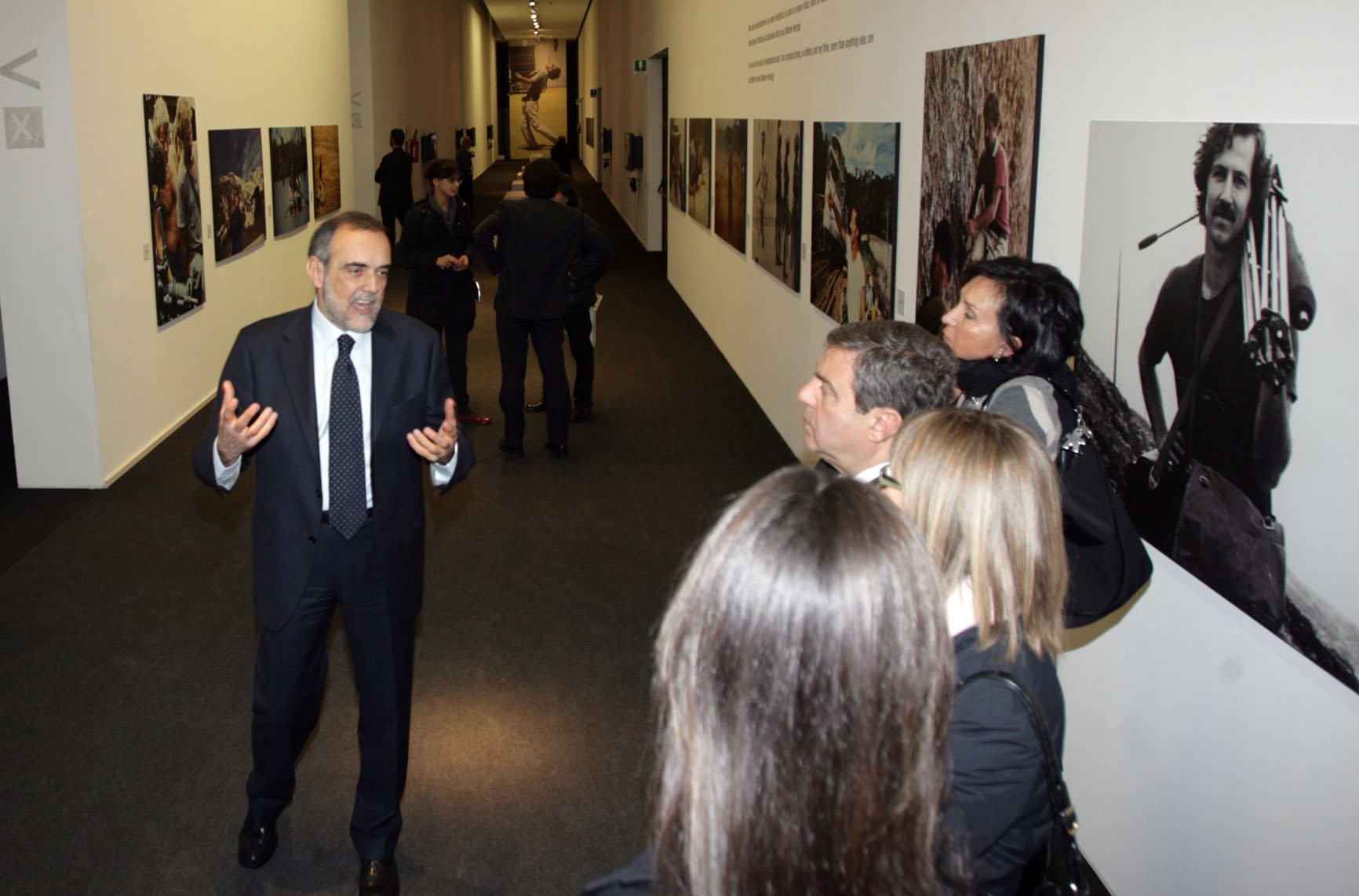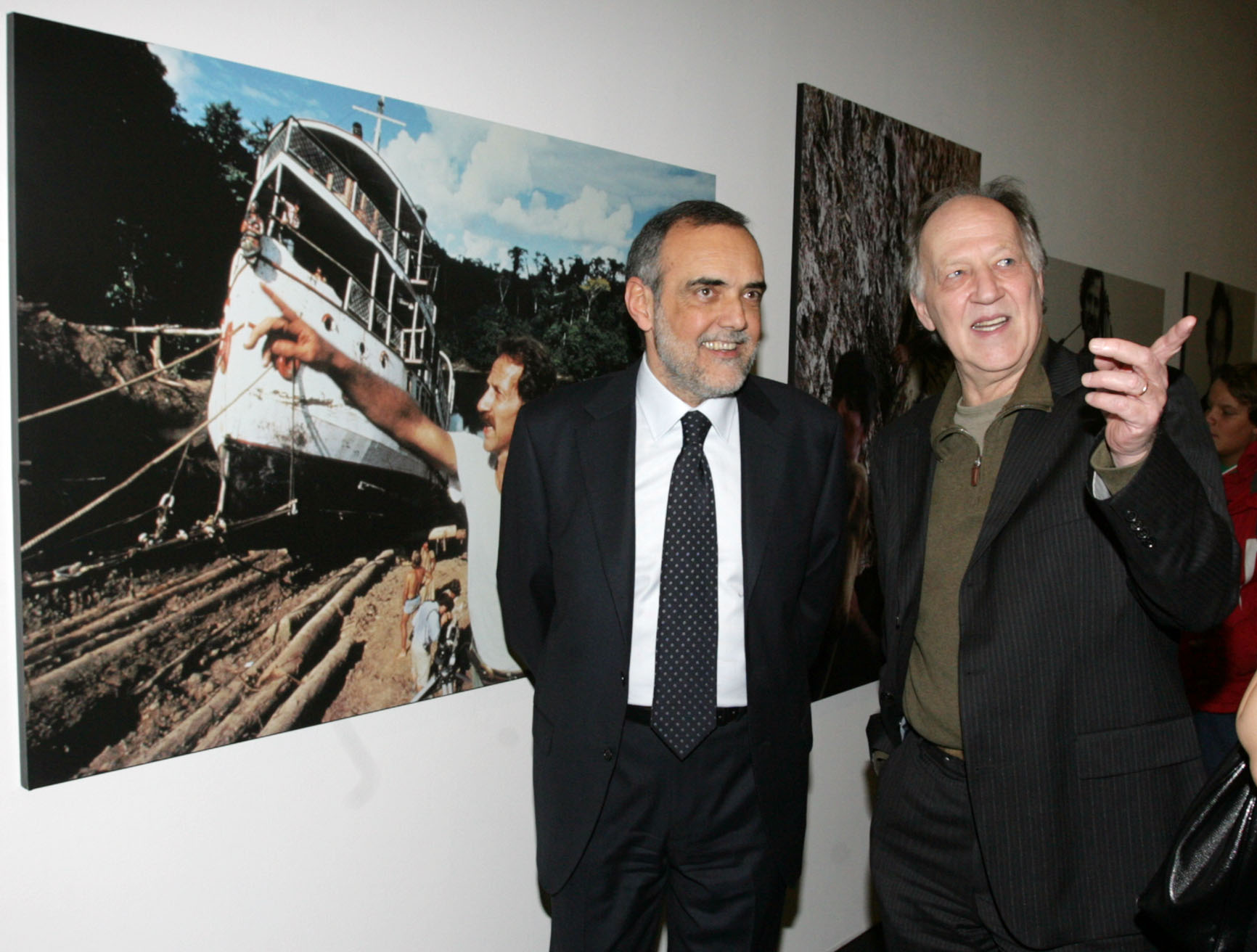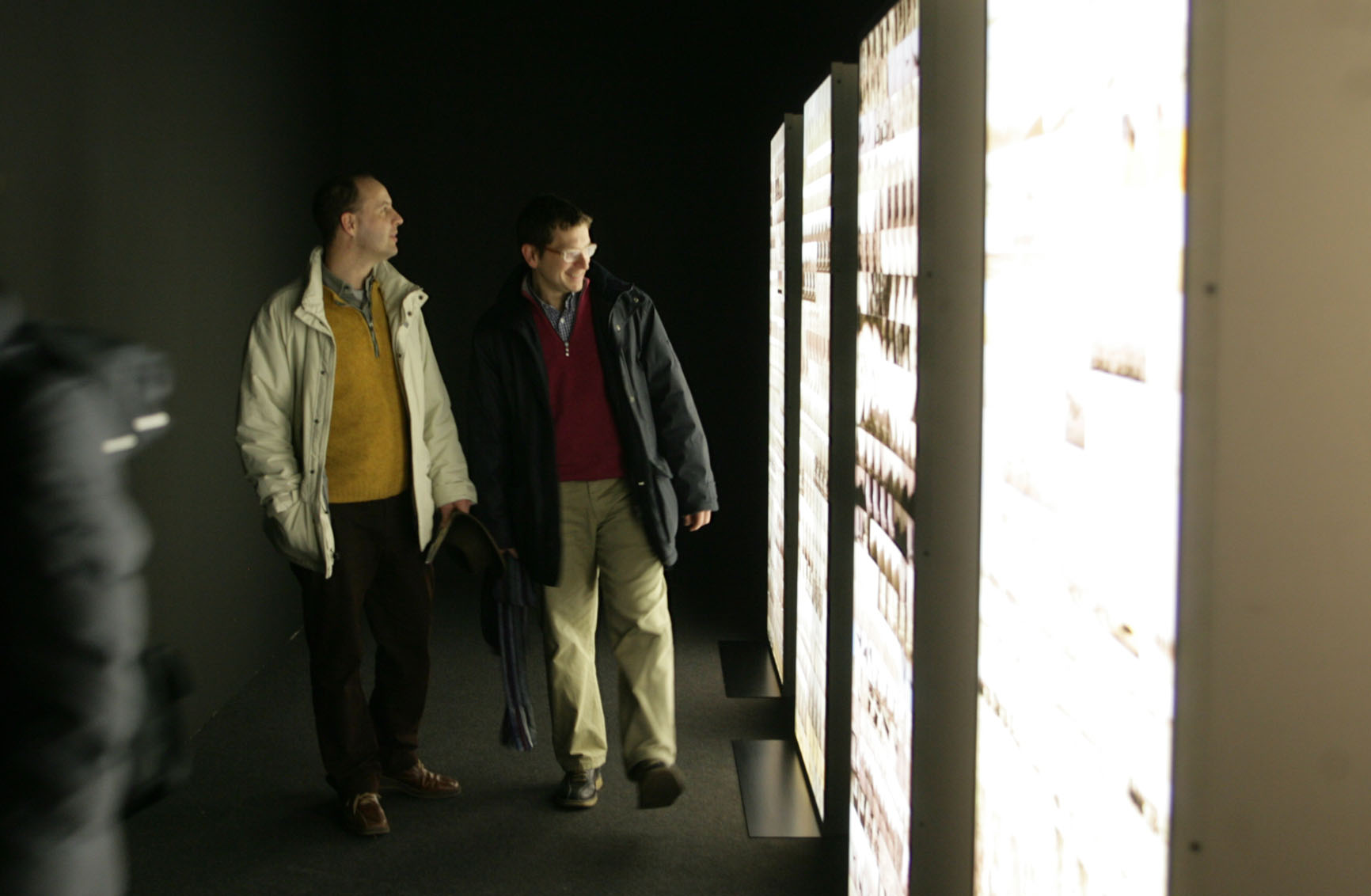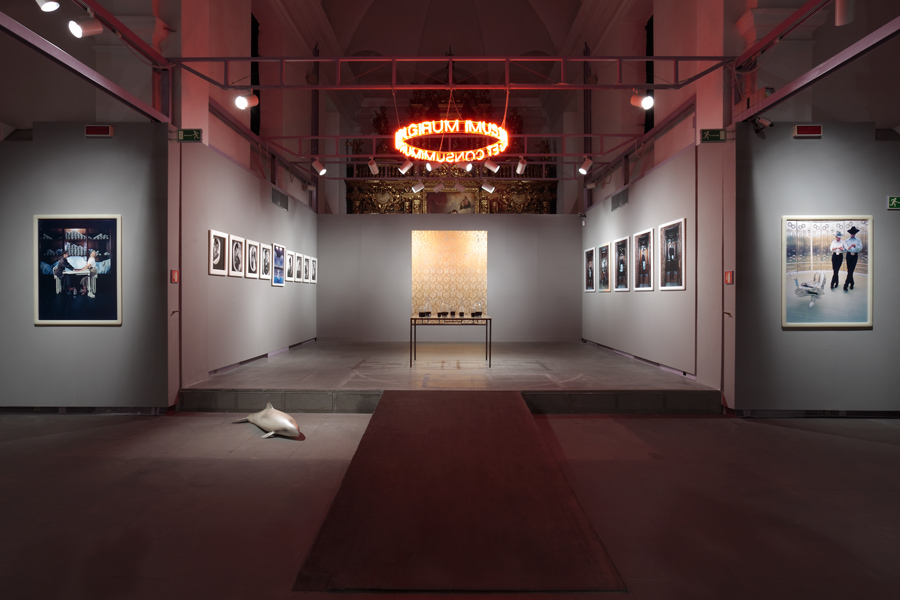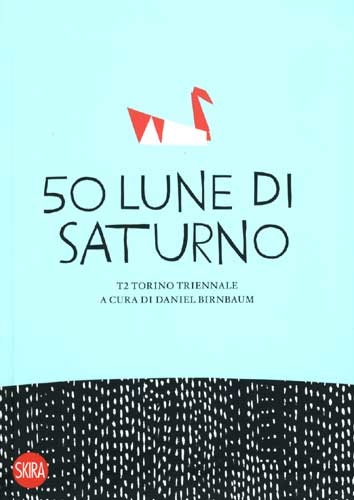The exhibition Segni di Vita – Werner Herzog e il cinema, curated by Alberto Barbera, Stefano Boni and Grazia Paganelli, and organized by Museo Nazionale del Cinema, is a homage to one of the most interesting and extreme film directors of our time, who celebrates 45 years of activity in 2007.
The event was organized in collaboration with Fondazione Sandretto Re Rebaudengo, Teatro Regio di Torino, Scuola Holden, Werner Herzog Film, Ripley’s Films Srl, German Films, Goethe Institut Turin and with the support of the City of Turin.
Ever since his first films, Herzog has emerged for his ability to observe the unusual aspects of reality and the world through a look of wonder and purity, asking questions and pushing further into border territories, between realities that are represented, documented, and wonderfully imagined.
All these aspects will be emphasized and highlighted during the event, which includes a complete retrospective of all his films (35 of which were reprinted for the occasion by Museo Nazionale del Cinema from the original negatives), the multimedia exhibition hosted by Fondazione Sandretto Re Rebaudengo, the film-concert for the Piccolo Regio Laboratorio, Requiem For A Dying Planet, where a montage of images from the films L’ignoto spazio profondo and Il diamante bianco is accompanied by the music played live by an ensemble, formed by Dutch cellist Ernst Reijseger, Senegalese singer Mola Sylla and the Sardinian vocal quintet Tenore e Cuncordu de Orosei. Another parallel event is the extensive monographic exhibition that Grazia Paganelli devoted to the analysis of the director's work.
The tribute considers the whole work of the German director, through a new screening of all 52 films by Herzog, presented in their original versions (with Italian subtitles) and, above all, in their best versions. For the occasion, the Museo Nazionale del Cinema ordered a reprint from the original negatives of as many as 35 films, with the purpose of introducing the public to the work of one of the greatest film directors of our time in the best possible conditions. This retrospective is a unique occasion to view all his films, from the earliest short Herakles, where Herzog utilized extremely diverse material to craft a caustic portrait of society in the early 60s, down to his last work, Encounters at the End of the World, when he pushed as far as the South Pole to film the life of a small group of people - travelers, researchers or ordinary people, isolated from the rest of the world. Among the films that were reprinted it is worth mentioning the double copy of Nosferatu the Vampyre, which came out in 1978 in two different versions, the one that was also distributed in Italy, and a longer one, especially produced for the English market.
Photo images, film clips and video installations form a complex path through the German filmmaker's idea of cinema, with its excesses and brilliant inventions, but also at discovering the secrets of his way of working, the recurring themes of a practice that remained constant even as it became richer with every new film.
The exhibition includes a photographic section, with large-size reproductions that go back over his work on the set, and isolate a series of thematic units recurring in many of his films: the “signs of life”, which is also the title of the whole festival - the idea of a cinema that plunges into the landscape and gets lost in a journey that reaches the four corners of the world. The visual path is completed by the storyboard of the final sequence in Scream of Stone, some snapshots of the Herzog's work as an operatic director and a selection of shots taken by Lena Herzog on the sets of her husband's latest films.
The most substantial part of the exhibition is dedicated to video installations. The path opens with a work Herzog himself contributed especially for the Turin exhibition, and includes many projections, among them the original, unpublished sequences of Fitzcarraldo, with Mick Jagger in the role that was later to be taken up by Klaus Kinski; the first “amateur” film he shot when he was only 16, the making of The white diamond and the recording sessions for the soundtrack of the same film. There will also be screenings of his self-portrait Portrait Werner Herzog, and of The Ball is a Scumbag, a film by his son Rudolph Herzog about the Bavarian director's passion for football, and a trailer featuring some performances of Herzog himself as an actor in films by other directors.
Werner Herzog (whose real name is Werner H. Stipetic) was born in Munich, Bavaria, on September 5, 1942. Growing up in a outlying village on the Bavarian mountains, he never watched films, television or used the telephone. He began traveling on foot at age 14 and made his first phone call when he was 17. During high school he worked at night as a welder in a steelworks to help produce his first films. His debut with the film camera comes in 1961 at age 19. In 1963, in Munich, Herzog founded his film studios, the Werner Herzog Filmproduktion and, at the same time, won a study grant for Pittsburgh university, but quit after a few weeks. In 1965 he won the Carl Mayer prize for the screenplay of Feuerzeichen, which he had presented under a pseudonym. He made long trips between the United States and Mexico, and even contributed to the project for the foundation of a utopian state in Guatemala. Back in Germany in 1968, he shot his first feature film, Signs of Life. Since then he has produced, written, and directed over 50 films, published books and undertaken the stage direction for many operas.

Segni di vita. Werner Herzog e il cinema
Fondazione Sandretto Re Rebaudengo
16 January 2008
- 10 February 2008

